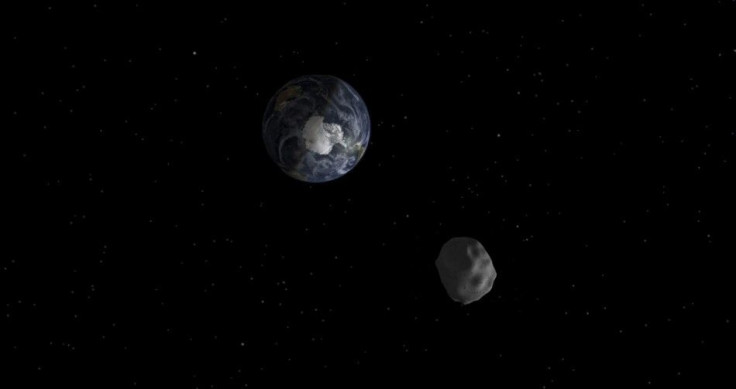Hayabusa 2 To Land On Asteroid By 2018, Might Provide Clues About Earth’s Origin

The Hayabusa 2 has successfully blasted off on an H-IIA rocket from the Tanegashima Space Centre located in southern Japan after being delayed by bad weather. The 1300-pound spacecraft was powered by a hydrogen-fueled H-2A rocket, with the rocket's upper stage engine blasted twice to accelerate Hayabusa 2 on a speedy departure that was swift enough to break away from the strong pull of the Earth's gravity, Space Flight Now reports.
The H-IIA rocket will land on the asteroid called 1993 JU3, which is a carbon-rich world approximately 900 metres or roughly around 3,000 feet with a gravity field 60,000 times weaker than Earth's. The carbonaceous asteroid rock was chosen because its reflectivity suggests that it might contain much organic matter and water, which are vital elements of life.
The probe aims to collect materials unexposed to millennia of wind and radiation in the hope of answering some long overdue and fundamental questions about life and the universe. It is expected to stay around in the area for 18 months once it lands by 2018.
According to the New Scientist, the Hayabusa 2 will get samples from the surface of the 1993 JU3 using a mechanism slung beneath the craft to capture surface dust samples. The spacecraft will drop a target marker on the asteroid's surface which will serve as its sampling spot. It will then send back to Earth a sample from the artificial crater it had created and the sample is expected to touchdown by 2020.
Looking back, the mission is a follow-up on the achievements of Japan's Hayabusa 1 probe, which was successful in making a round-trip flight to an asteroid called Itokawa from 2003 to 2010. Apparently, the first mission has encountered lots of technical difficulties such as fuel leak, failure in its pointing system and also encountered a problem with the craft's sample collection system.
Despite all the technical problems, the spacecraft returned to Earth in 2010 bringing home a fraction of asteroid specimens. The success of the first exploration motivated Japan to aim for a deeper space probe.
The Hayabusa 2 mission aims to follow the success of the European Space Agency after making the first-ever landing on a comet last month. After its release from its mother ship Rosetta, pictures showing traces of organic molecules were sent back from robot lab Philae.




















